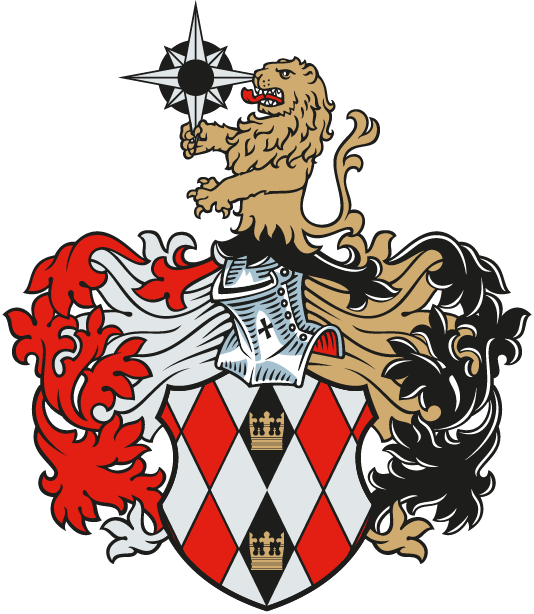

Beneath the scorching Dubai sun, a shimmering sea of mirrors now reflects not only sunlight, but global ambition. The 700MW CSP project at the Mohammed bin Rashid Al Maktoum Solar Park has just earned a Guinness World Record for the world's tallest solar tower and largest capacity of a CSP facility. This milestone positions Dubai at the forefront of hybrid solar innovation, blending Concentrated Solar Power (CSP) with photovoltaic (PV) technology to power a sustainable future.
It begins at dawn. The desert still sleeps, but the solar tower already stretches defiantly into the pale sky. At 263.126 meters, it pierces the early morning haze like a needle of light. As the sun rises, 70,000 heliostats pivot in perfect unison, their mirrored faces tracking the golden arc above. This isn’t a scene from a futuristic film — it’s reality in Dubai’s Mohammed bin Rashid Al Maktoum Solar Park.
This monumental 700MW hybrid solar project has just etched its name in history, breaking not one but two Guinness World Records: the tallest Concentrated Solar Power (CSP) tower and the largest CSP capacity within a single site. The project is part of Dubai Electricity and Water Authority's (DEWA) Phase IV solar initiative — a bold fusion of 600 MW CSP and 100 MW photovoltaic solar, spread across 44 square kilometers of arid landscape transformed into a green energy oasis.
Standing at the heart of this development is the record-breaking tower, which utilizes molten salt technology to store heat for up to 15 hours. This means the plant can generate electricity not only during the day but also long after sunset — a critical step in making renewable energy more consistent and reliable. With 13.5 hours of thermal storage, the project ensures round-the-clock clean energy, powering up to 320,000 homes and displacing over 1.6 million tons of carbon emissions annually.
“We’re not just chasing records,” says Saeed Mohammed Al Tayer, MD and CEO of DEWA. “We're building the future — a future where energy is clean, reliable, and homegrown.”
And the numbers are staggering. The DEWA IV phase has attracted over $4.3 billion in investment, structured through an innovative Independent Power Producer (IPP) model. This public-private partnership includes global players like ACWA Power from Saudi Arabia and China’s Shanghai Electric, uniting expertise from East and West under the Dubai sun.
But beyond the megawatts and millions, there’s something more poetic happening here. The desert—once seen as a barren expanse—is now a crucible of innovation. Workers walk between towering heliostat fields, their safety vests glowing like fireflies in the reflected sunlight. Engineers sit in glass-walled control rooms, sipping tea while monitoring gigabytes of performance data. What was once sand now sings with electrons.
This hybrid solar project is the backbone of Dubai’s Clean Energy Strategy 2050, which aims to provide 100% of the city's power from clean sources by mid-century. Already, the solar park has reached over 2,860 MW of total capacity, with 5,000 MW planned by 2030.
More than just an engineering marvel, the project is a symbol of Dubai’s ambition to lead the global energy transition. It balances cutting-edge technology with economic pragmatism, showcasing how sustainability can be profitable. With an LCOE (levelized cost of energy) of just 7.3 US cents per kWh for CSP and 2.4 cents for PV, the project is among the most cost-effective renewable developments in the world.
And the world is watching. Delegations from Africa, Europe, and Asia have already toured the site, eager to replicate Dubai’s success. For many, it’s not just about energy — it’s about national pride, economic sovereignty, and building resilience in a warming world.
As the sun sets behind the tower, the mirrors slowly tilt to rest. But the power continues. Thanks to molten salt, the heat captured hours earlier now drives turbines into the night. A city that never sleeps, powered by a sun that never sets.
Dubai’s hybrid solar power achievement is more than a technological milestone — it’s a signal to global investors that the emirate is doubling down on sustainable infrastructure. For real estate developers and institutional investors, this translates into long-term growth prospects and green building opportunities.
Here’s why it matters:
Dubai’s solar boom is warming more than the grid — it’s heating up the property market too. Investors, take note: the future is sunny, and it's rising somewhere near 263 meters high.
